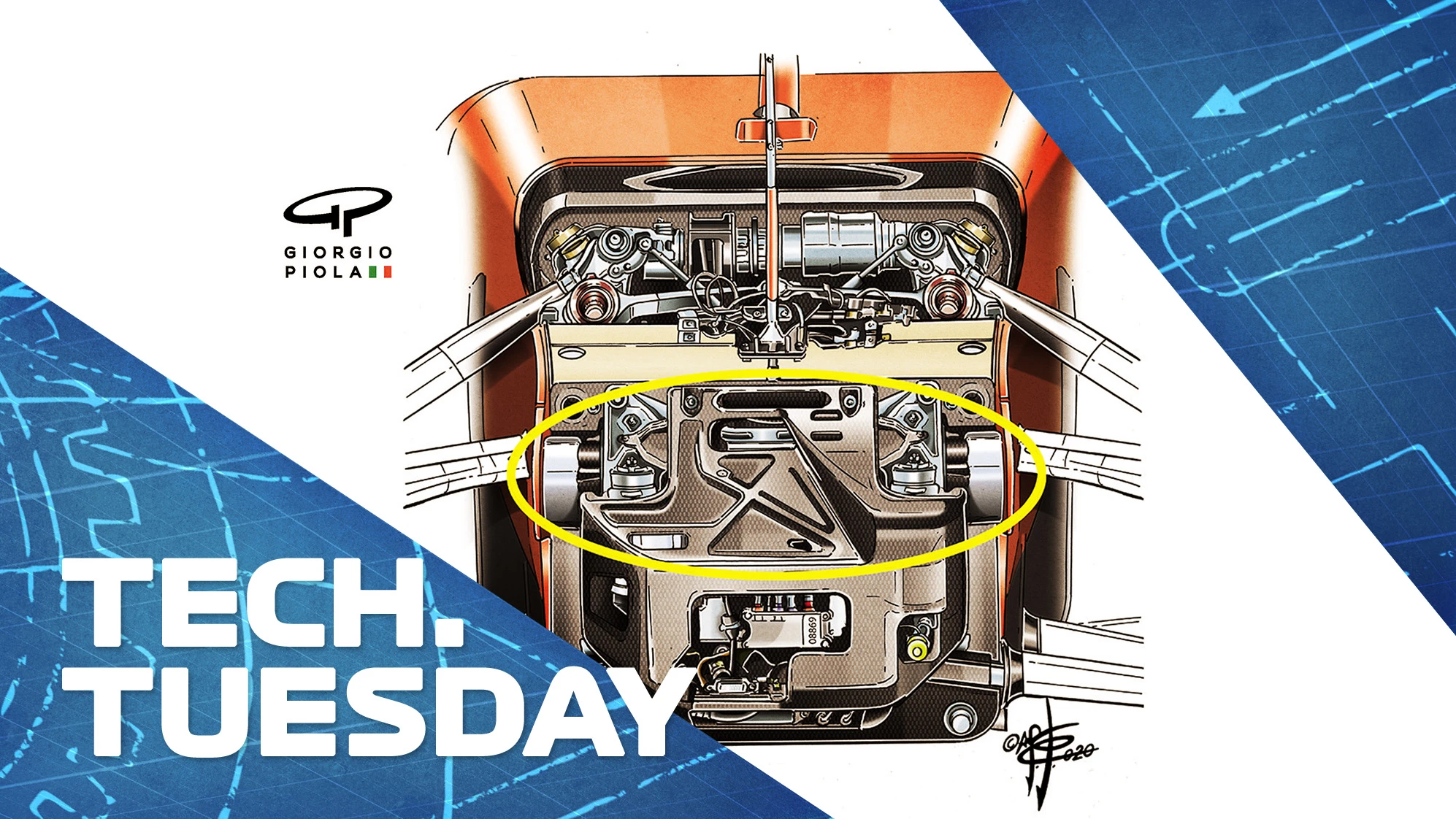While Mercedes’ Dual Axis Steering system (DAS) made the headlines in pre-season 2020 testing and has been confirmed as banned from 2021, it’s now clear that this was merely a development of a system introduced by Mercedes on last year’s car, one which Ferrari – as we can reveal – had responded to by mid-season with a system of their own.
The PAS (Power Assisted Steering) systems used by both teams last year employed a twin rack and pinion, enabling the toe angles of each front wheel to be controlled independent of the other. This was done to enhance the Ackermann angle in slow corners – and the motivation was almost purely aerodynamic.
READ MORE: Under the bodywork of 1986’s best F1 car, the Williams FW11
So what is the Ackermann angle? As a car is steered into a corner, the inside wheel has a shorter distance to travel than the outside one, so it must be steered more to prescribe the same radius within a shorter distance, if it’s to avoid scrub. The part of the suspension geometry used to achieve this is called the Ackermann linkage, and is used in virtually all steering systems.
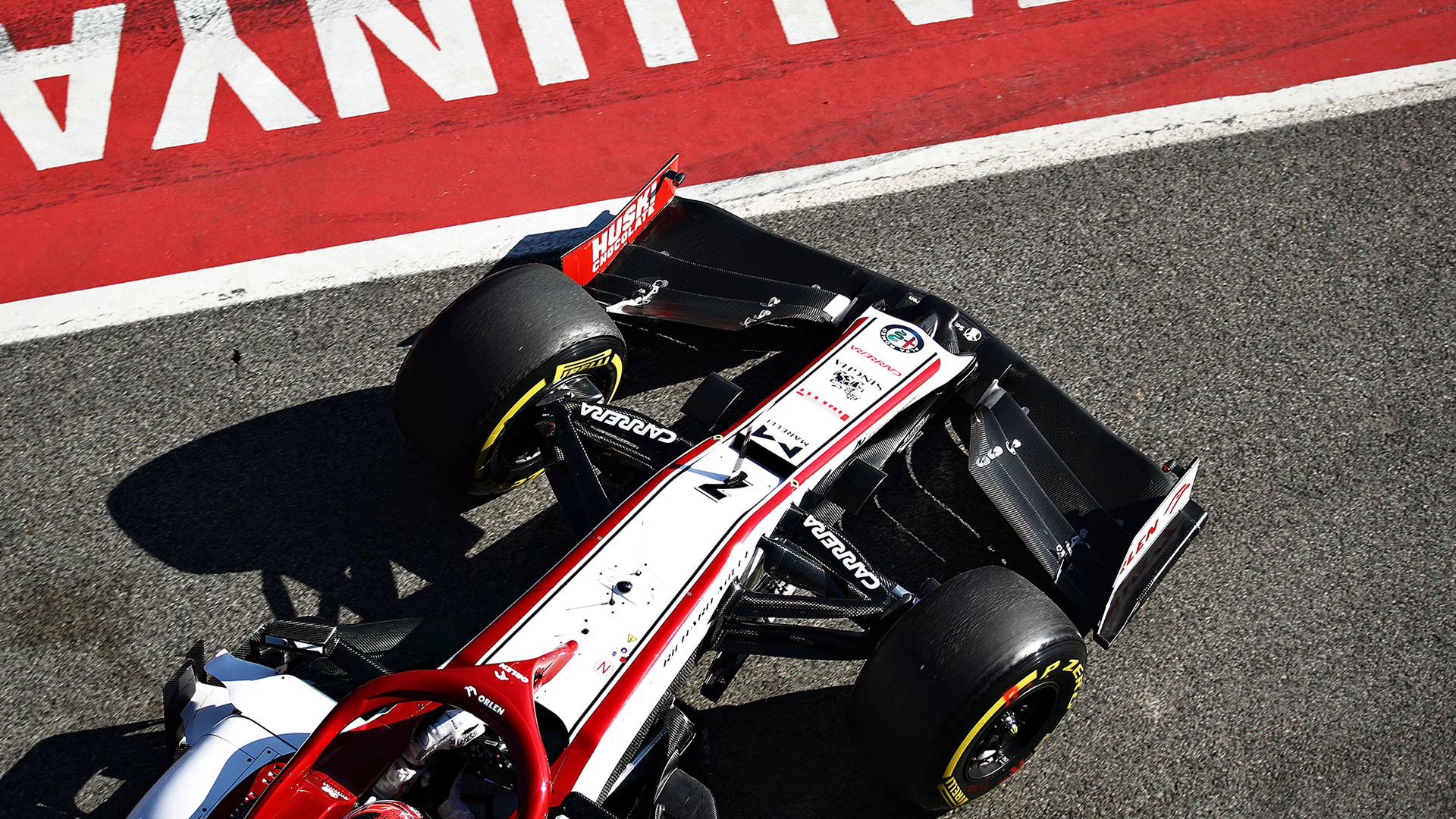
Setting the wheels with a toe-out angle (with the front pointing further out than the rear, when viewed from above) forces the inner wheel to steer at a greater angle, as the outer wheel must first overcome the opposing toe angle as it is steered. This also creates a tiny delay in the more loaded outer tyre loading up as the car is turned in, which aids stability as the rear tyres do not have too sudden an instantaneous load placed upon them.
However, in an open-wheeled, downforce-producing single-seater such as an F1 car, the angles at which the front wheels are steered can have very significant aerodynamic implications. The steered wheels not only deflect the airflow travelling to the barge boards and side pods, but also increase the clear space directly behind the front wing – potentially inducing it to work more powerfully. The more the wheels are steered, the greater this effect will be.
This is generally a very useful trait for the aerodynamicist, because it helps compensate for the natural low-speed understeer of an F1 car, with rear tyres that are bigger and more powerful than those of the front. As the downforce bleeds away at the square root of speed, so such mechanical aspects come to have more of an effect.
The slower and tighter the corner, the more steering lock is needed to get around it. So being able to work the front wing harder as the wheels are steered further is a great tool to partly compensate for that natural understeer. It means you are effectively running the front wing more aggressively at slow speeds than at high, as more of the blockage behind the wing is removed as more steering lock is applied.
READ MORE: Check out our Tech Tuesday hub for more from Mark Hughes and Giorgio Piola
But there can be a downside, especially in the current generation of F1 cars, which rely heavily on accelerating the airflow along the bodysides and sidepods to squeeze through the gap between the rear wheels and diffuser at super-high speed. As this fast flow merges with the flow exiting the diffuser, so it induces the diffuser to work harder on pulling the underbody flow through faster. The faster the flow, the greater the downforce.
This is what all the mad contours of the sidepods and the vortex-generating bodywork flips are there for. But if the airflow to them is interrupted by a steered front wheel, that will reduce the downforce generated by that whole flow mechanism.
READ MORE: Why Ferrari have bucked the trend with their 'odd one out' nose concept
At slow speeds this – together with the front-wing-boosting effect – will help in countering the natural understeer. But at higher speeds, it could be counter-productive. Any boosting of the front wing together with a reduction in the downforce created on the rear tyres could be very bad news for high speed stability.
So a compromise has to be reached in how much Ackermann angle to use to give acceptable balance at both high speed and low. That compromise would be drastically reduced if a way could be found to have a bigger Ackermann angle at low speeds than high. That way you could get the slow corner benefits without having to live with the high-speed penalty.

On last year’s W10 model, Mercedes introduced a steering linkage which did this (see above). It did it by way of a double rack and pinion within its power steering assembly. Beyond a certain degree of steering lock, the rack would activate a hydraulic cylinder which acted upon the second rack to steer the inner wheel even more than the outer wheel was being steered, increasing the difference in steering angle between the two wheels.
But with anything less than this amount of steering lock applied, it would retain whatever standard amount of Ackermann angle was engineered into the geometry. So you could have your aerodynamic cake and eat it – with an Ackermann-boosted front wing at low speeds countering the understeer, and no concomitant Ackermann-induced high-speed rear aero instability.
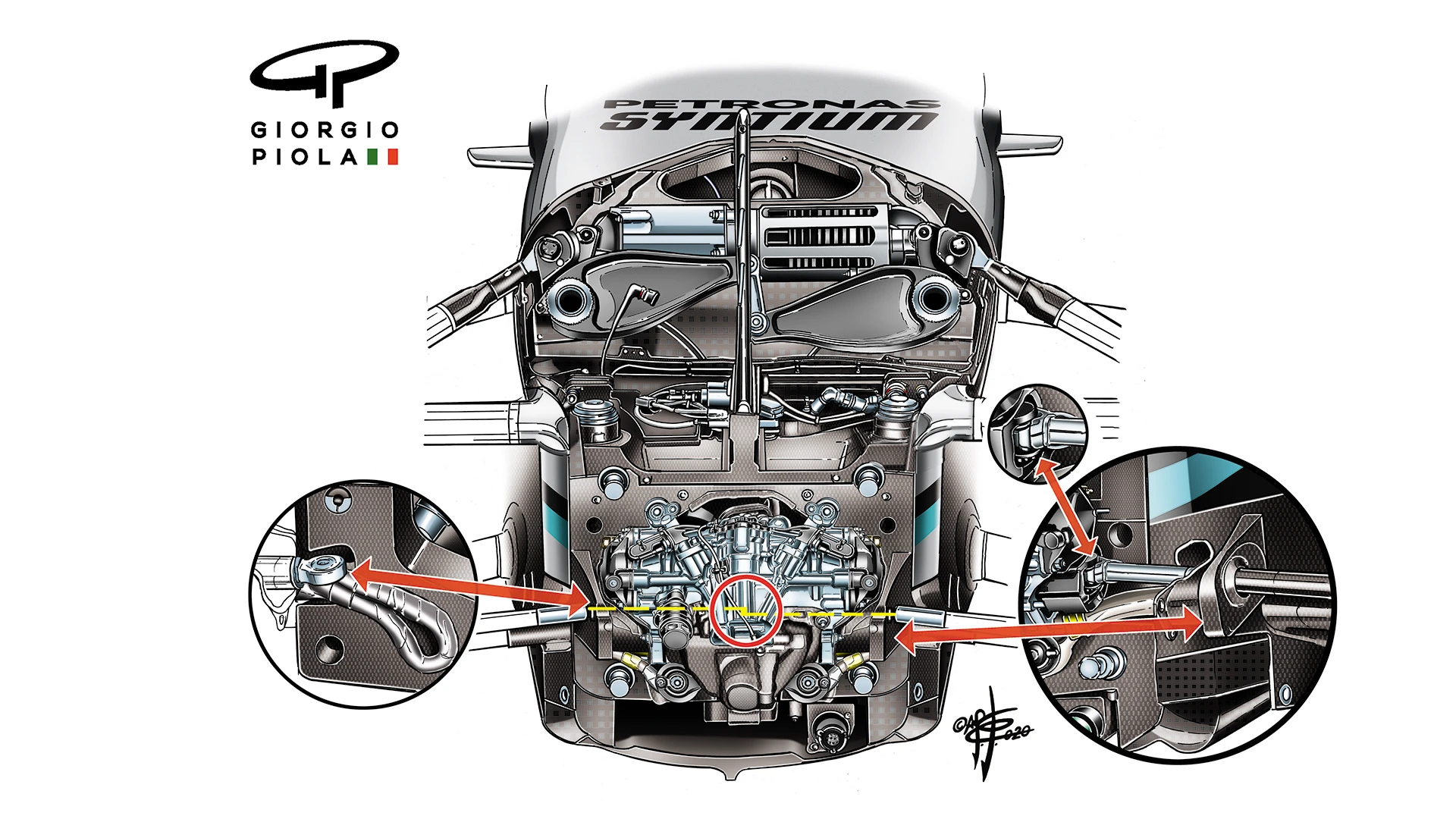
In the circled insets of the drawing above can be seen the details of the W10’s suspension which enable this feature. The second rack (activated by hydraulic cylinders, the tops of which can be seen behind the bulkhead) acts upon the track rod to increase the inner wheel’s toe-out, effectively further steering it.
Ferrari were quick to spot what Mercedes had done, and introduced their own version of the system at last year’s French Grand Prix. The difference in bulk of the Ferrari SF90’s power steering assembly pre and post-France can be seen in drawing below.
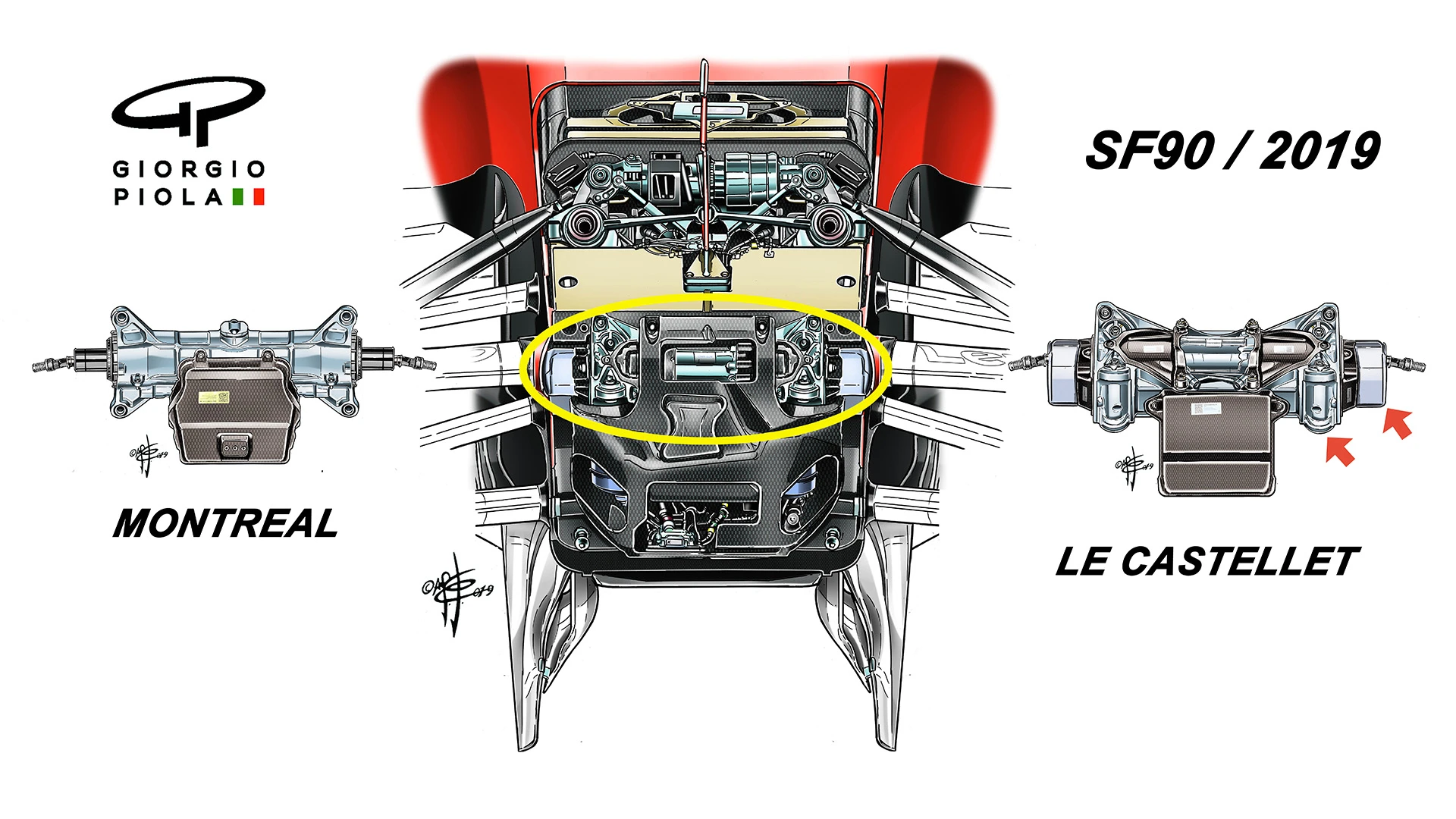
But Ferrari were not to know that Mercedes were working on a development of their system. This was revealed on this year’s W11 model in Barcelona testing as the DAS (Dual Axis Steering) whereby the toe angle of the front wheels could be adjusted via the steering column.
READ MORE: Mercedes’ trick DAS steering system won’t be legal under 2021 F1 rules
The toe angle is what is used to create the Ackermann geometry – and with DAS enabling the driver to reduce or eliminate the toe-out angle down the straights, it meant that more extreme angles could be run in the corners without over-heating the tyres down the straights. So it effectively widened the range of feasible Ackermann angles even further than the original twin rack innovation.
The increase in the sophistication of steering systems indicated a direction which the FIA did not wish the teams to follow any further – and for 2021 the DAS system is banned, even though existing 2020 cars must now be used in ’21 as a cost-saving initiative in response to the COVID-19 crisis.
READ MORE: F1 and coronavirus FAQ – Everything you need to know
Next Up
Related Articles
.webp) Cadillac reveal special livery for Barcelona Shakedown
Cadillac reveal special livery for Barcelona Shakedown Logan Sargeant confirmed as Ford WEC Hypercar driver
Logan Sargeant confirmed as Ford WEC Hypercar driver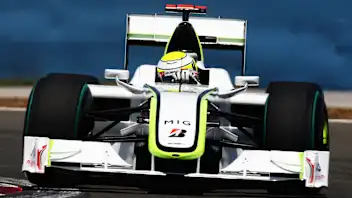 ExclusiveRoss Brawn reveals his favourite car designs
ExclusiveRoss Brawn reveals his favourite car designs/TEAM%20PREVIEWSHALF%20TERM%20REPORTS%20V1%20(13).webp) Team Previews 2026All you need to know about Racing Bulls
Team Previews 2026All you need to know about Racing Bulls An exclusive look into Esteban Ocon's off-track life
An exclusive look into Esteban Ocon's off-track life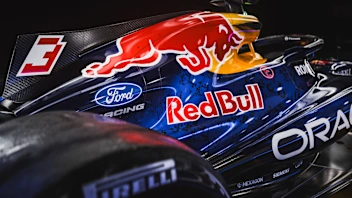 Every angle of Red Bull’s 2026 livery
Every angle of Red Bull’s 2026 livery

